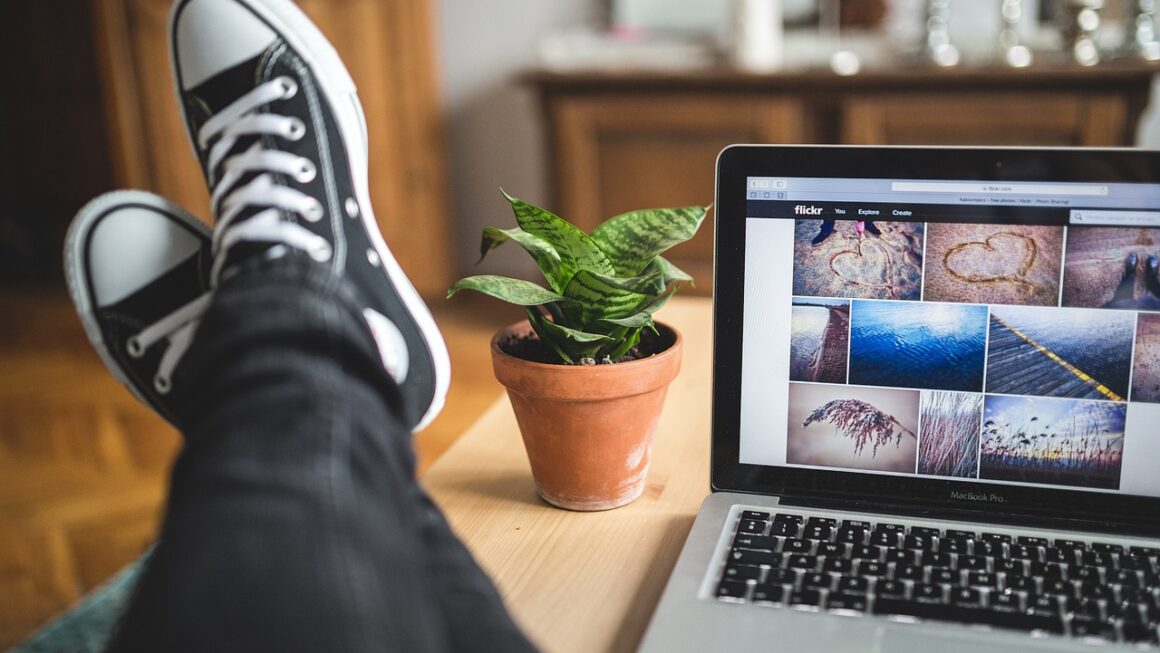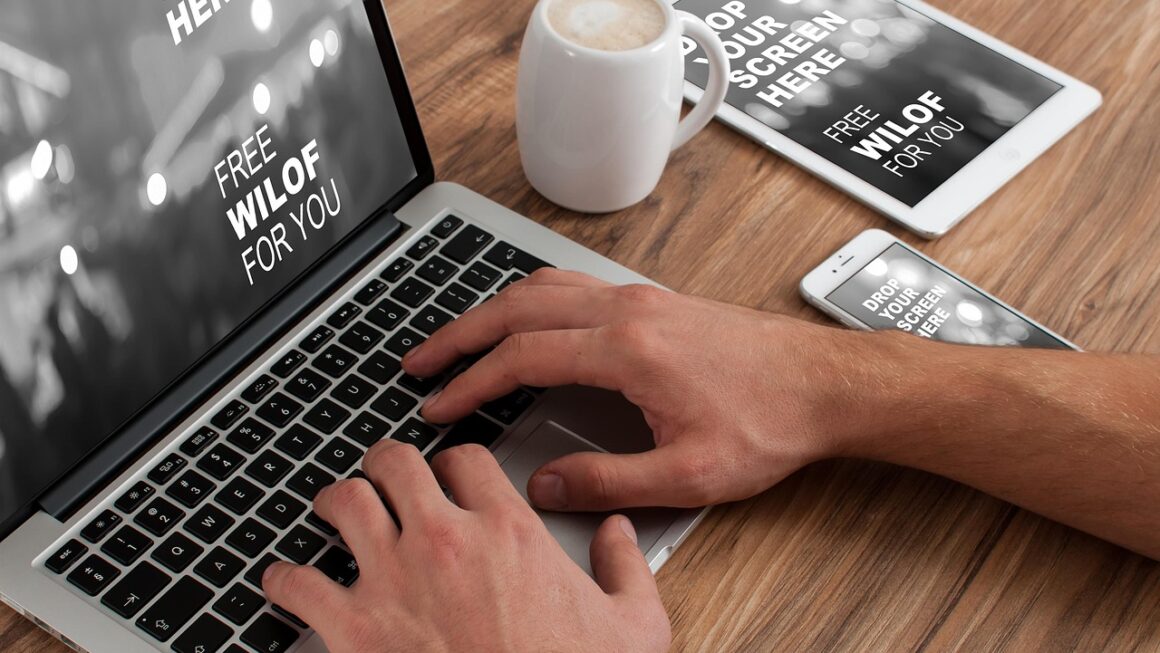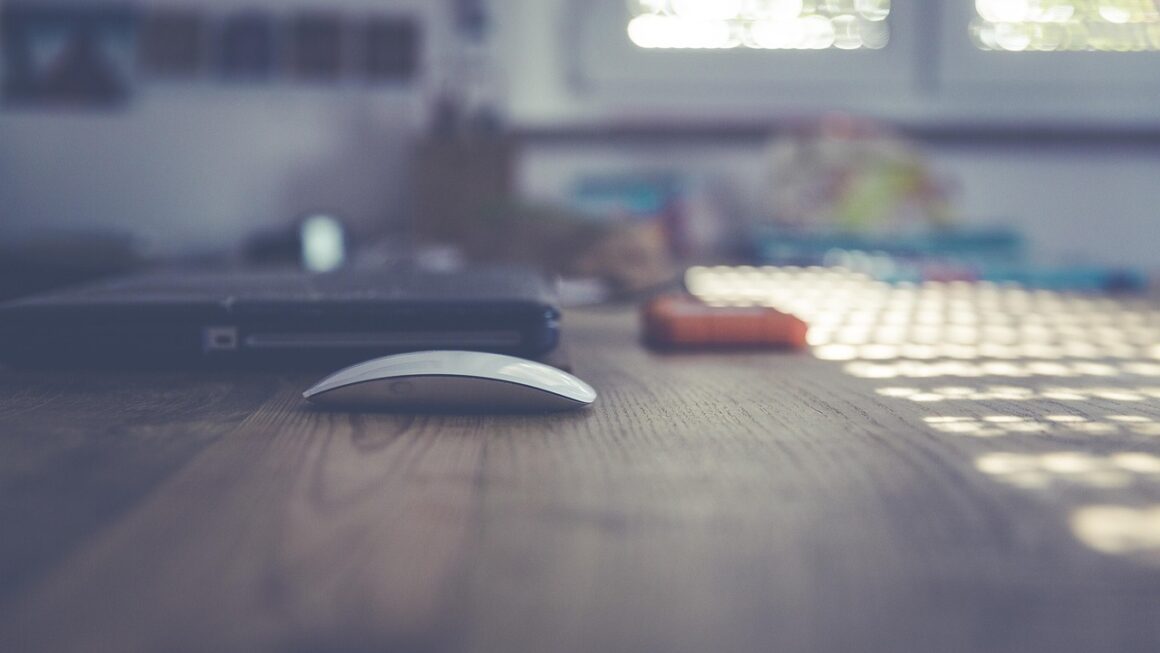In today’s hyper-connected world, we’re constantly bombarded with notifications, updates, and digital distractions. Many of us find ourselves spending hours mindlessly scrolling, feeling overwhelmed and disconnected from the present moment. Digital minimalism offers a path to reclaim your attention, reduce stress, and live a more intentional and fulfilling life by thoughtfully curating your digital tools and habits. This article explores the principles of digital minimalism, its benefits, and practical strategies to implement it in your daily routine.
Understanding Digital Minimalism
Defining Digital Minimalism
Digital minimalism isn’t about completely abandoning technology. Instead, it’s a philosophy of using technology deliberately and intentionally, aligning it with your values and goals. It involves consciously choosing which digital tools you allow into your life and how you use them. This is not about deprivation; it’s about optimization.
The Core Principles
- Intentionality: Every technology you use should serve a specific purpose that aligns with your values.
- Value-Driven: Your time and attention should be spent on activities that truly matter to you.
- Mindful Usage: Be present and aware of how you’re using technology. Avoid mindless scrolling and constant checking.
Why Embrace Digital Minimalism?
- Reduced Stress and Anxiety: Less exposure to constant notifications and online comparisons.
- Improved Focus and Concentration: Fewer distractions lead to greater productivity and deeper work.
- Stronger Relationships: More time and attention for face-to-face interactions.
- Increased Creativity and Innovation: Disconnecting from the digital world allows for more space for original thought.
- Greater Sense of Purpose and Fulfillment: Aligning your technology use with your values leads to a more meaningful life.
The Benefits of a Digital Detox
Mental and Emotional Well-being
Digital detoxes offer a respite from the constant stimulation of the online world, allowing your mind to rest and recharge. Studies have shown that reducing social media use can lead to decreased feelings of depression and loneliness.
- Reduced Anxiety: Stepping away from constant updates and comparisons can alleviate anxiety.
- Improved Mood: Disconnecting can boost your mood and overall emotional well-being.
- Enhanced Sleep Quality: Limiting screen time before bed improves sleep patterns and quality.
Increased Productivity and Focus
By eliminating digital distractions, you can free up your attention and energy for more meaningful tasks.
- Improved Concentration: Fewer interruptions lead to better focus and deeper work.
- Increased Efficiency: Less time spent on unproductive digital activities translates to more time for important tasks.
- Enhanced Creativity: Disconnecting allows your mind to wander and explore new ideas.
Strengthening Real-Life Connections
Digital minimalism encourages you to prioritize face-to-face interactions and build stronger relationships with the people around you.
- More Meaningful Conversations: Undivided attention during conversations leads to deeper connections.
- Improved Social Skills: Practicing in-person communication enhances social skills and confidence.
- Stronger Bonds: Spending quality time with loved ones strengthens relationships and creates lasting memories.
Implementing Digital Minimalism: A Step-by-Step Guide
Identify Your Values and Goals
The first step is to identify what truly matters to you. What are your core values? What are your long-term goals? This will help you determine which digital tools align with your values and which ones are simply distractions.
- Example: If you value creativity, consider using digital tools that support your artistic pursuits, such as digital painting software or online courses. If you value spending time with family, limit your social media use and prioritize face-to-face interactions.
Conduct a Digital Audit
Take inventory of all the digital tools you use, including apps, websites, and devices. Ask yourself:
- What purpose does this tool serve?
- Does it align with my values?
- Does it bring me joy or does it contribute to stress and anxiety?
- How much time do I spend using it each day/week? (Use a time-tracking app if needed)
Declutter Your Digital Life
Based on your digital audit, identify the tools that are not serving you and eliminate them. This might involve deleting unnecessary apps, unsubscribing from unwanted emails, and unfollowing accounts that bring you down.
- Practical Tip: Start with the easiest targets. Unsubscribe from promotional emails, delete games you no longer play, and unfollow accounts that make you feel insecure.
Reintroduce Technology Intentionally
Once you’ve decluttered your digital life, carefully reintroduce the tools that you find valuable. But do so intentionally and with clear boundaries.
- Example: Decide to check social media only once or twice a day for a specific amount of time. Turn off notifications for non-essential apps. Designate specific times for responding to emails.
Establish Boundaries and Habits
Create rules and routines to help you stay on track with your digital minimalist goals.
- No-Phone Zones: Designate certain areas in your home, such as the bedroom or dining table, as phone-free zones.
- Time Limits: Use app timers or website blockers to limit your time on distracting platforms.
- Digital-Free Days: Schedule a day each week to completely disconnect from technology.
- Mindful Usage Practices: Before reaching for your phone, ask yourself why. Is it serving a purpose or are you just seeking distraction?
Practical Strategies for a Digital Minimalist Lifestyle
Manage Notifications
Controlling notifications is crucial. Turn off all non-essential notifications to minimize interruptions. Only allow notifications from apps that require immediate attention.
- Example: Turn off notifications for social media, games, and promotional emails. Allow notifications only for calls, texts, and important work-related apps.
Optimize Your Smartphone
Customize your smartphone to support your digital minimalist goals.
- Remove Distracting Apps: Delete apps that you find yourself mindlessly scrolling through.
- Organize Your Home Screen: Keep only essential apps on your home screen. Consider using a minimalist launcher.
- Use Grayscale Mode: Switching to grayscale can make your phone less appealing and reduce the urge to use it.
Embrace Alternative Activities
Fill the time you previously spent on digital devices with alternative activities that bring you joy and fulfillment.
- Read Books: Immerse yourself in a good book instead of scrolling through social media.
- Spend Time in Nature: Go for a walk, hike, or bike ride to reconnect with the natural world.
- Engage in Hobbies: Pursue hobbies that you enjoy, such as painting, playing music, or gardening.
- Connect with Loved Ones: Spend quality time with friends and family.
Be Mindful of Your Online Consumption
Be conscious of the content you consume online. Unfollow accounts that make you feel bad about yourself or that promote unrealistic expectations. Seek out content that is positive, informative, and inspiring.
- Curate Your Feed: Unfollow accounts that trigger negative emotions or promote unhealthy comparisons.
- Seek Out Educational Content: Subscribe to newsletters, podcasts, or online courses that align with your interests.
- Limit Exposure to Negative News: Be mindful of the amount of news you consume and avoid doomscrolling.
Conclusion
Digital minimalism is a powerful approach to reclaiming your attention, reducing stress, and living a more intentional life. By consciously choosing which digital tools you allow into your life and how you use them, you can create space for the things that truly matter, such as meaningful relationships, personal growth, and fulfilling experiences. Start with small steps, be patient with yourself, and celebrate your progress along the way. The journey to digital minimalism is a continuous process of self-reflection and adjustment. By embracing the principles outlined in this guide, you can create a digital life that supports your values and helps you thrive in the modern world.




